Ireland’s Six Nations triumph was built on many differing foundations, but their rucking in attack was chief among them.
Joe Schmidt’s side were superb in this area, consistently securing their own possession and blasting rucks with frightening efficiency. Winning at the ruck area is one of the real keys in international rugby, and Schmidt has clearly spent large amounts of time focusing on it as such.
Ireland competed superbly at the breakdown when defending, but their rucking in attack was even better. Schmidt’s men were above 95% in terms of attacking rucks won in all but one of their five games [93.5% against England].
They peaked at 97.5% against Italy, a game in which they had to hit a huge 156 rucks as they looked to keep the ball in play and in their possession as much as possible. The stats confirm the impression so many of us will have garnered from watching the games; Ireland hit attacking rucks superbly.
One of the keys to Ireland’s success in this department was their ability to use a whole range of rucking techniques, beyond just driving defenders backwards away from the ball.

We get an example of an Irish player selecting an ideal technique in the GIF above, with Cian Healy using the ‘can-opener’ or ‘tin-opener’ to roll Nicolas Mas away from a good position over the ball after O’Connell has been tackled.
The French tighthead prop gets into the ‘jackal’ position to attempt the steal, and Healy recognises that his initial rucking hit on Mas isn’t going to shift him off the ball. He instantly wraps his arms in under the Frenchman’s upper body and uses his own mass to roll him off to the side and away from the ball.
It’s good technique from Healy, but it’s also worth noting that Chris Henry helps out too, lifting Mas’ left leg in order to destabilise him that little bit further. Ireland had some initial problems in resourcing rucks against Scotland, but thereafter were not afraid to commit more bodies to ensure their attacking rucks were cleared effectively.
Ireland were vitally focused on being certain that the ball came back on their own side as swiftly as possible throughout the tournament, and indeed the impression was that their ruck speed improved with each game.

Much of that was down to more traditional blasting of rucks, but we saw lots of improvisation around the ruck from Irish players too. Another such example is highlighted in the animation above.
O’Driscoll gets into the ruck area with very little momentum, having first attempted to leech onto Henry after passing to the flanker. The 35-year-old recognises that he’s not in a great position to drive Rémi Tales off the ball, so actually ends up simply pulling him off to the side.
It’s not spectacular, and it’s not a technique one would want their team becoming dependent on, but it gets the job done and Ireland have a two-second ruck as a result. This incident comes in the build-up to Jonny Sexton’s first try, and that ruck speed stresses France a lot more than allowing Tales to compete would have.
Again, we note Ireland’s second arriving rucking player [O’Connell] playing his part. O’Driscoll initiates the movement by pulling Tales’ upper body, O’Connell finishes the job by smashing into the out-half’s side.
The example in the video above is more about the collective mindset of Ireland’s players in winning attacking rucks, rather than any real technical excellence.
Louis Picamoles, an incredibly strong athlete, gets into a superb position over the ball to make a steal at the breakdown. Sexton is the first Irishman on the scene, and while he doesn’t blast Picamoles off the ball, he does initially make an impact on the back row.
It’s the ‘fight’ after that first-up rucking hit that we want to highlight though. It would have been easy for Sexton to slip off the the side of Picamoles after failing to originally shift him – one can imagine some out-halves doing so.
Instead, Sexton clings on, wrapping his arms around Picamoles’ neck and continuing to fight to help Ireland win the ruck. The main point is that all Irish players, not just the forwards, were focused on ensuring Ireland secured their attacking rucks.
In the instance above, referee Steve Walsh awarded an Irish penalty, but had it not been for Sexton’s fight and determination, that could have easily gone the other way.

The final example we touch upon is the one above, in which O’Driscoll absolutely smashes Rabah Slimani away from the ruck. It’s fairly nasty and leaves the French prop in a bit of pain, but again that is something that Schmidt has asked of his players.
O’Connell has alluded to as much before, admitting that the Kiwi coach has asked him whether he thinks his opponents really felt his rucking efforts, whether he hurt them. Every team in the world of rugby alludes to smashing the defence off their rucks in order to warn them not to go for the steal again, but it doesn’t always happen.
Ireland managed to do that consistently throughout the championship though, and while they obviously did concede turnover breakdowns, they were few and far between.
While we have used individual examples here, the intention is to highlight common traits of Ireland’s play during their Six Nations success. There may not always have been can-openers used, but the Irish players did show a nice variation in technique.
More importantly, there was a real sense of Ireland sharing the rucking responsibility throughout the team. Players like Dave Kearney and Andrew Trimble played their part, while Ireland’s midfield contributed greatly to attacking rucks, as Henry points out.
“When you have got big wingers and certainly Brian as well – one of the best ruckers in the world – we knew we were going to be right there.”
However, it’s not just about the personnel. When asked to highlight what Schmidt has brought to the Ireland set-up this season, O’Connell immediately referred to the ruck.
“There’s a real clarity about what we need to do in the ruck. A very good way of rucking that’s very effective. People are in no doubt about their role, how well they need to do their role and how well they need to know their role.”
Henry expanded on the issue a little further, indicating the lengthy time Ireland have spent on their rucking at Carton House.
“In training throughout this whole campaign, there has been a massive focus on our rucking out, our technique and making sure the person who carries the ball does his role and the two support players hit the right areas and target the right men.”
The final part of that quote is of most relevance here, and perhaps goes some way to explaining why Ireland offloaded relatively infrequently during the Six Nations.
We saw just 27 offloads from Ireland over the course of their five games, a low total, especially compared with France’s 84. While there were some stunning examples of excellent offloading from Irish players [O’Driscoll, we’re looking at you!], they simply didn’t look to offload repeatedly in contact.
Henry goes into a little more detail, again referring to the ball carrier being in a specified role.
“I think Joe wouldn’t be as pro-offloading as other teams, because I think he wants to make sure there’s a clear, definite carrier who’s going to carry straight to form the ruck well.”
“It’s worked very well for us, it means you get quick ball. He’s not a coach that says you can’t offload, it just has to be on.”
Both Henry and O’Connell refer to the ‘roles’ of each man being known in anticipating ruck situations, and the idea is that offloading can push those specifications off kilter. When the supporting player is preparing himself to ruck as effectively as possible, a late offload can take him by surprise.
By instead focusing on the ball carrier definitively being that, rather than a potential offloader, the supporting players can be entirely concentrated on clearing out the subsequent ruck.
It might be seen as a lack of attacking ambition not to look for offloads, but it is far from that. Satisfying the thirst for attacking gains instead comes from the more reliable source of quick ruck ball, rather than a 50/50 offload attempt.
Schmidt has been acutely aware of the narrow margins of international rugby in his first season as Ireland coach, and therefore unwilling to see a misguided offload being the difference between winning and losing.
The situation is likely to develop and evolve, but in this Six Nations, Ireland’s intense focus on their rucking roles, at the expense of a notable offloading game, largely paid dividends.
How effective is your team at retaining ball in rucks, how could you learn from Schmidt and Ireland’s clear approach to rucking roles?
Murray Kinsella is a staff writer with TheScore.ie



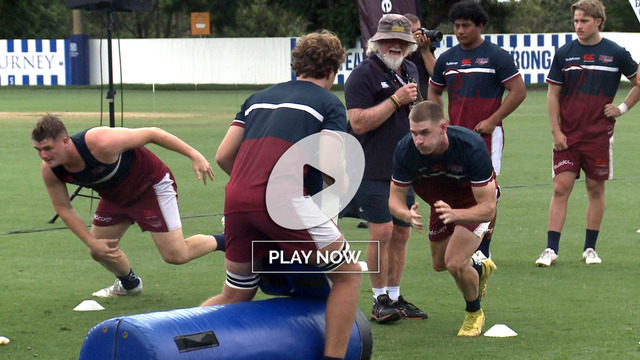
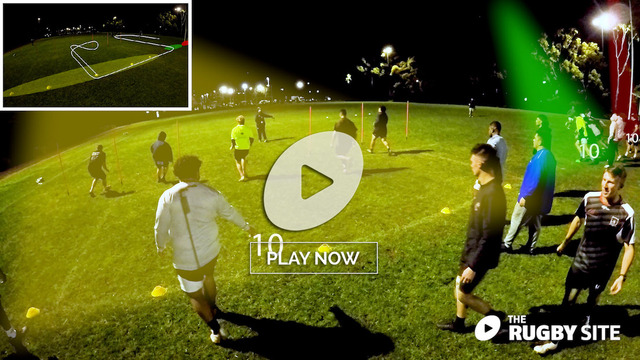

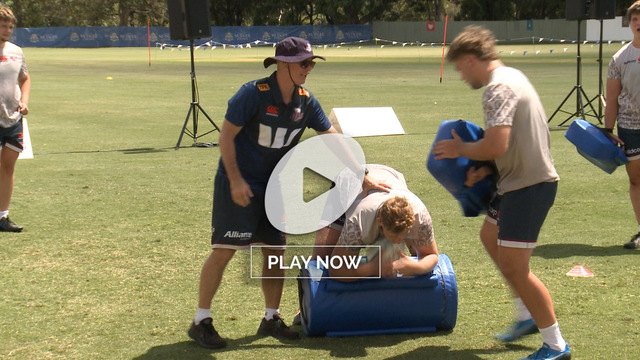
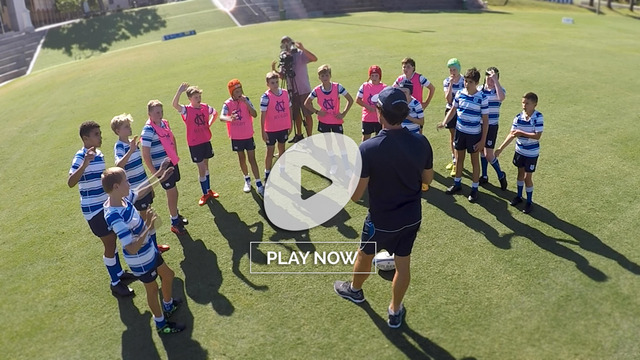

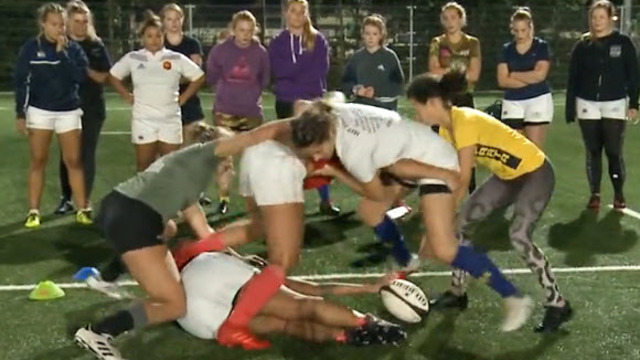

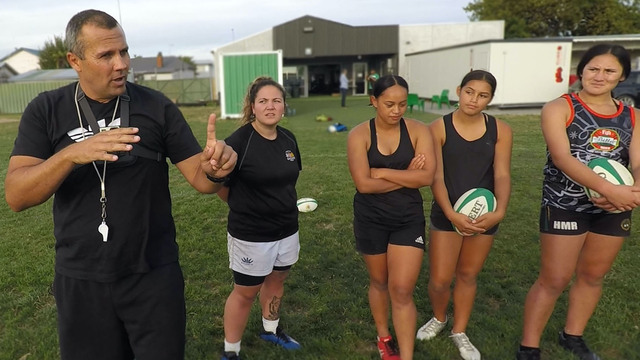

.jpg)
.jpg)
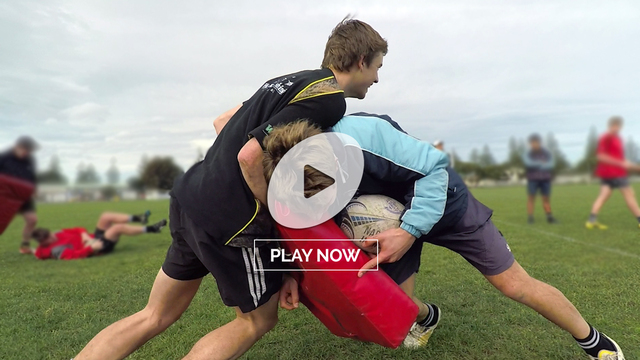
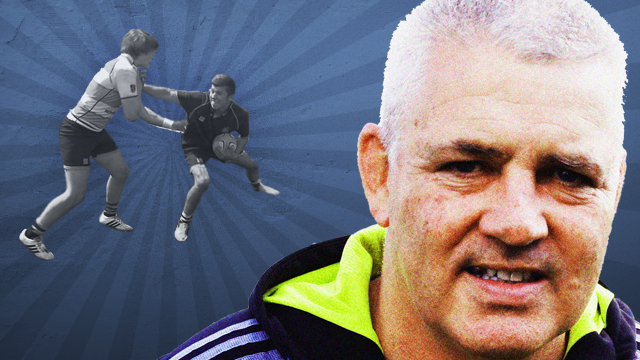
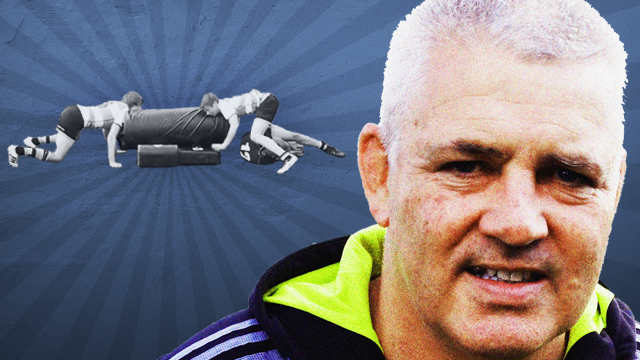

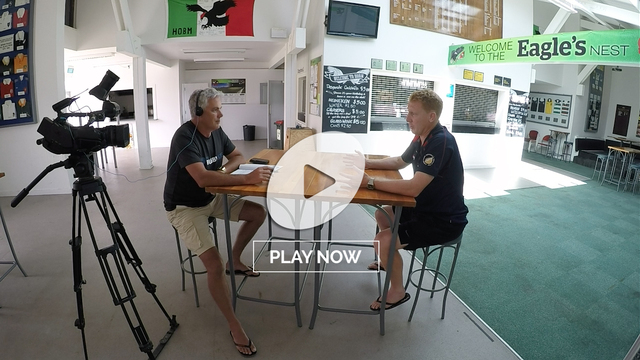
_no_button.jpg)

